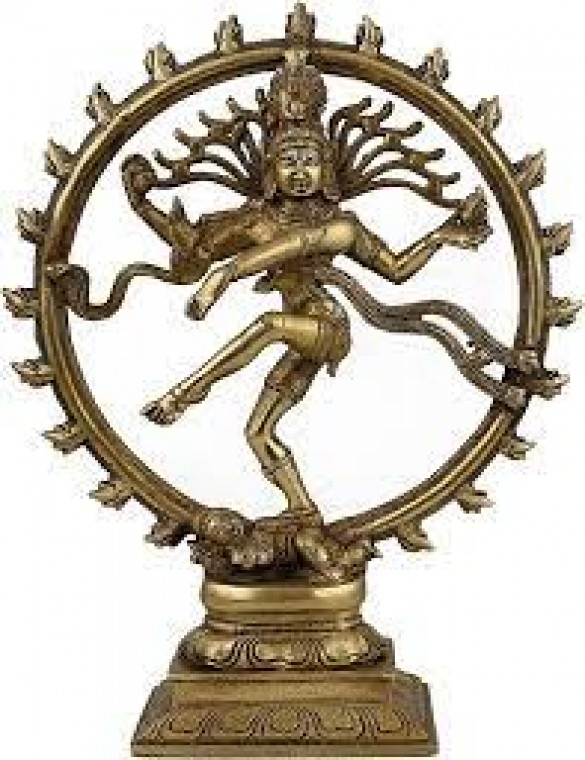
In the intricate tapestry of Hindu mythology, Nataraja emerges as a captivating and enigmatic figure. Revered as the cosmic dancer and a manifestation of the divine, Nataraja encapsulates profound symbolism, artistic expression, and spiritual significance. This article delves into the multifaceted facets of Nataraja, exploring the origins, symbolism, and cultural resonance of this captivating demigod.Nataraja's roots can be traced back to Hinduism's rich tapestry, particularly within the Shaiva tradition. Believed to be a form of Lord Shiva, the deity of destruction and transformation, Nataraja first found mention in ancient texts like the "Shiva Purana" and "Tiruvilayadal Puranam." The concept of Nataraja gradually evolved over centuries, gaining prominence in South Indian art and temple architecture.
Central to Nataraja's imagery is the cosmic dance, known as the "Tandava." This dance is a mesmerizing interplay of creation, preservation, destruction, and liberation. Nataraja's four arms represent these cardinal directions of existence, while his fiery hair symbolizes the untamed forces of nature. The circle of flames surrounding him signifies the cyclical nature of life and death. The dance of Nataraja is often depicted atop a demon, symbolizing the triumph of good over evil. This cosmic performance signifies the eternal cycle of destruction and creation, a reminder of the impermanence of the material world. Nataraja's dance maintains equilibrium in the universe, a delicate balance between opposing forces.
Nataraja's influence extends beyond the spiritual realm, permeating various facets of Indian culture. His iconic depiction has inspired countless artists, dancers, and poets, transcending boundaries of time and geography. The Chidambaram Temple in Tamil Nadu, India, is dedicated to Nataraja and serves as a testament to the deity's enduring cultural impact. Nataraja's dance is more than a physical performance; it reflects profound philosophical concepts. The rhythmic dance steps mirror the cosmic rhythm of the universe, inviting contemplation on life's mysteries. Nataraja's form represents the synthesis of opposites, a reminder that existence thrives on balance and harmony. In the modern era, Nataraja's symbolism continues to captivate seekers and artists alike. His dance is often interpreted as a metaphor for personal transformation and self-realization. As individuals navigate the complexities of life, Nataraja's dance encourages embracing change and finding inner equilibrium. Nataraja, the demigod of cosmic dance, remains a timeless embodiment of Hindu philosophy and artistic expression. His form encapsulates the cyclical nature of existence, the dance of destruction and creation, and the harmony underlying the universe's chaos. As devotees and enthusiasts continue to engage with Nataraja's symbolism, they are invited to ponder life's mysteries and embrace the profound dance of existence. In his cosmic choreography, Nataraja beckons humanity to join the eternal rhythm of the cosmos.
Also read -Yama: The Enigmatic Guardian of Life's Threshold
Ayyappan: The Divine Unifier of Devotion and Diversity
The Mystical Significance of 108 in Hinduism: Unveiling Cosmic Connections